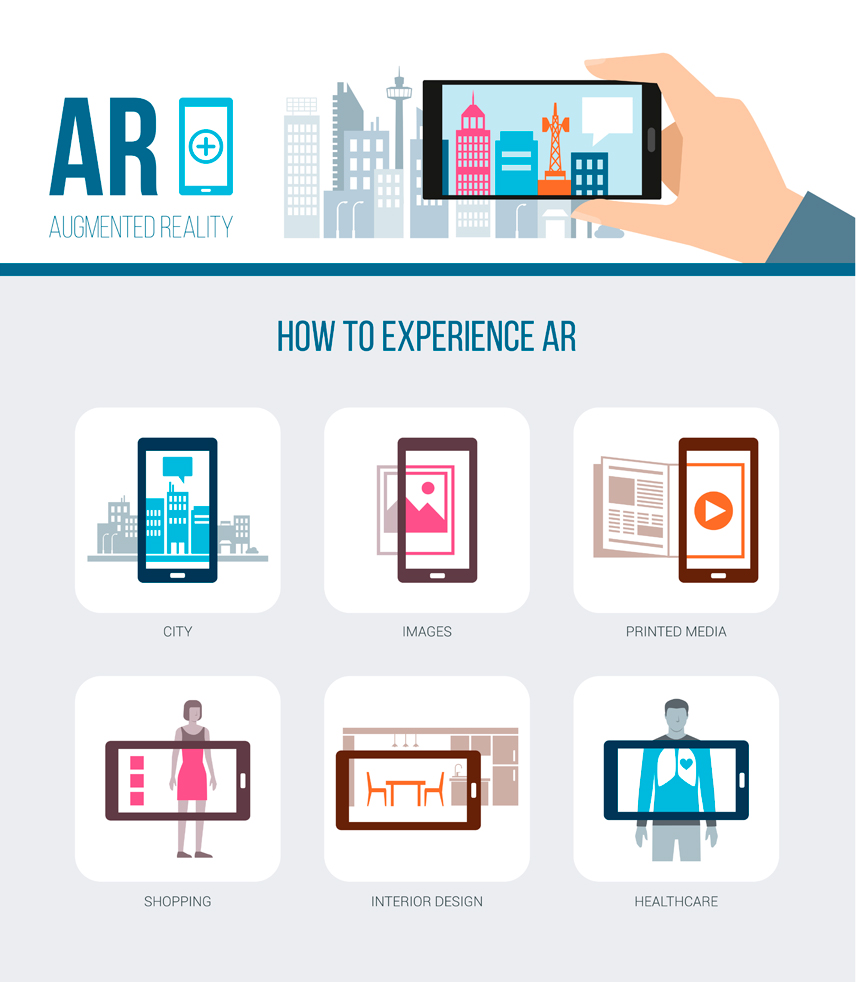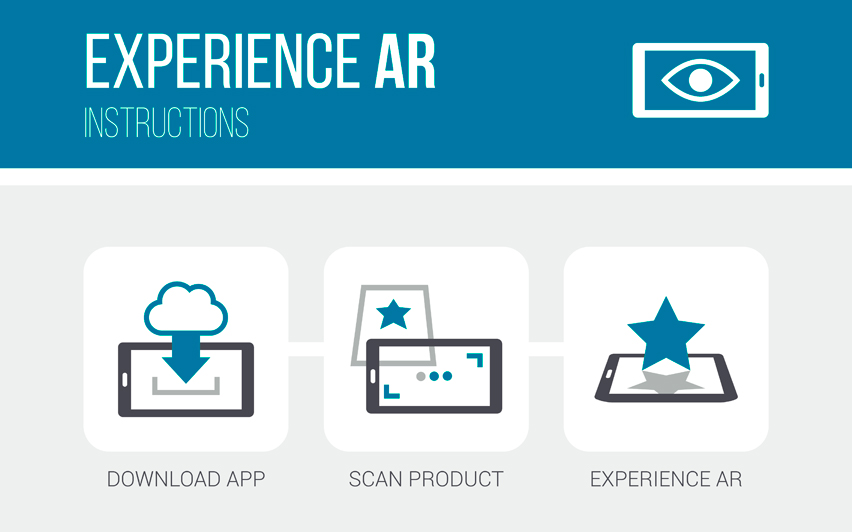


Augmented Reality is a popular technology suited for toys and games but is steadily becoming a serious tool for businesses. Augmented Reality app development improves all business activities where visualization is crucial, from manufacturing through quality control to marketing and promotion.
As with toys, developers use their skills to create Augmented Reality apps to free up users from unnecessary, wordy descriptions and provide them with a clear impression of how real-life objects look.
In 2017 and 2018, Augmented Reality (AR) was one of the hottest trends in mobile app development.
Nothing has changed: it’s still hot in 2019.
Many companies, like IKEA, have proven AR can engage users and increase sales. Other companies will follow the leaders and use AR for sales and marketing campaigns and for delivering user benefits via mobile apps.
Augmented Reality is the technology that helps create content visible in users’ physical environment via their smartphone or tablet screen. Some of many AR features include users experiencing almost being able to touch a 3D model; they are able to zoom and rotate the model, and envisage how it fits in with a selected space.
AR technology creates new use cases opening myriad opportunities to discover, learn more, and get amazed by items on their smartphone or tablet screen. The new immersive experiences are widely used in toys and games industry enabling users to play longer, and enjoy and learn more.
Also, AR is used for visualization and gamification purposes in many industries saving people time when making a choice (e.g., when selecting a piece of furniture) or increasing productivity (e.g., AR learning apps).

Augmented Reality apps have helped product owners promote their brands, demonstrate goods and services, and increase sales. Within the last five years, we at Invisible Toys have witnessed many brands adapting AR to grow sales both directly and indirectly:
An AR app helps save time and effort by managerial staff by making it possible to get more information 24/7, e.g., find out physical dimension of a toy with no need to either search online or visit a brick-and-mortar store.
Very likely, AR will soon become a must-have feature for businesses to really succeed—just as a company’s website has become indispensable. Those who do not have it will be not able to grow.
Unlike Virtual Reality, Augmented Reality solutions still do not require extra gear: users can just launch the app on their smartphones to enjoy AR content.
Certainly, several tech companies work on Augmented Reality hardware hoping it will become the next big thing. Introduction of Augmented Reality devices—mysterious Magic Leap (to be released soon?), Microsoft HoloLens (available only for business purposes)—for the consumer market will make more sophisticated AR apps possible.
The essence for creating an Augmented Reality app is the engine. It saves time on code development and enables quickly integrating a 3D model.
So far, the quality of an AR app depends on the choice of the right AR platform and on the quality of 3D models. And, of course, on the development team’s expertise.

Augmented Reality is not limited to toys and games. Use it for marketing and promotion, learning, and much more.
When you have an idea for an app, just think who your target audience might be and how it will help them. Describe various situations of the app’s use in several notes: these become your user scenarios.
Our Invisible Toys development team focuses on the following popular interests:
Based on the above-mentioned user scenarios, you can determine a set of requirements and start development.
Simple. When you have an idea how your AR app will engage your clientele and you have a list of requirements based on this, you can get in touch with an outsourcing software development company and request an estimate—it’s free at our company. Also, you can hire augmented reality developers if you are struggling to formulate requirements. Based on your given set of requirements and budget limits, we estimate the timeline and development costs.
If you like what you see, you sign an agreement and Invisible Toys development team starts the development process and keeps you updated on the progress after every iteration. We are happy to help, contact us.
